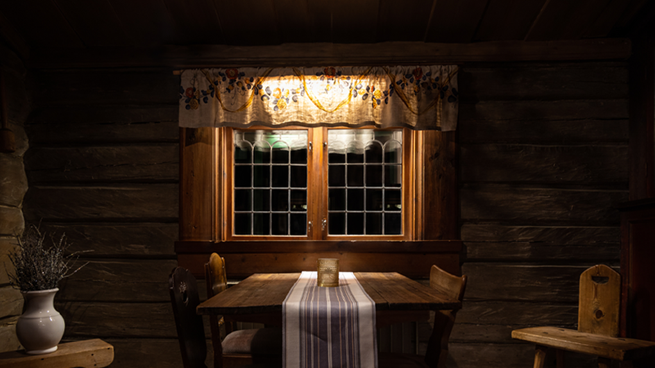
By Ken Calverley and Chuck Breidenstein
DETROIT, April 22, 2022 ~ We’ve all seen it at least once; that view of Dorothy’s house spinning in the air off its foundation as the home magically leaves Kansas and is deposited in the Land of Oz.
We have also seen the real-life aftermath of tornadoes, hurricanes and high winds that ripped the roof frames off homes, or lifted the homes themselves off foundations.
The industry has learned a lot in recent decades about anchoring techniques and products that can limit, if not eliminate, such damage when properly used.
We knew decades ago that we should secure the wood frame of a home to the stone or masonry foundation with a mechanical tie, like a bolt.
Because most foundation systems were concrete block, we would fill block cores with a stiff concrete slurry and work a “J-bolt into the mix with a threaded portion of the bolt remaining above the top of the foundation about 2½.”
We would then drill holes in our first piece of wood, called a mud sill, where the J-Bolts were located, and bolt the wood to the top of the foundation.
Foundation systems made of field stone had highly irregular top surfaces, so we would lay the mud sill, usually a rough 6-inch-by-6-inch pieces of timber, on a stiff bed of mortar, what the industry calls mud, to secure and level the frame.
We have learned several things from these techniques. One has to do with the interaction of the materials themselves as we experienced moisture from the foundation causing dry rot in the wood frame materials or the degradation of mechanical fasteners in direct contact with cementitious materials such as mortar.
We also witnessed up-lift where those mudded-in bolts could literally lift right out of the block cores in high wind conditions and allow the house to end up in the neighbors yard.
We were using horizontal sheathing and siding materials on the outside of the wood frame, and these materials did not bind the individual framing members together or offer resistance to wind shear forces or up-lift.
It was not unusual to see a building standing at an angle after having been “racked” or pushed by the prevailing winds for many years.
With the advent of plywood, what the industry calls sheet goods, we could now bind various pieces of the frame together under the siding.
Add to that the development of galvanized structural steel connectors and we now had the means to tie the entire frame mechanically to the foundation system.
Simpson Strong Tie, or simply Simpson, is the “Kleenex” version of the products we now use at almost every junction of the house frame.
It isn’t enough to merely nail two pieces of material together, since many factors from nail type, length and placement to wood species, grade and condition can impact how secure the joint is.
Today we may be required by code to also secure a Simpson strap to tie the pieces together. The idea is, that by using the correct materials, fasteners and spacing, we can mechanically tie the entire structure to the foundation such that, in high winds, shingles may blow off, but the roof and wall structure will remain.
Simpson also makes products for properly securing deck ledger boards to the house frame, even in situations where the home is clad in brick veneer. Since code does not typically allow for decks to be supported by brick veneer, an engineered anchoring system is needed to tie the deck through the veneer to the house frame.
When we spoke of deck maintenance in a previous article, we mentioned the potential for deck posts to rot at ground level. There are Simpson-type products that allow such posts, and those supporting front porch roofs, to be firmly anchored to concrete piers while being held up off the ground enough to avoid rot.
Your building professional will specify such product and the appropriate fasteners when bidding that new deck or addition for you. As we’ve noted in previous articles, hot-dipped galvanized, coated or stainless steel fasteners should be used in all exterior applications.
Homeowners typically experience “sticker shock” when they see that the cost of fasteners and anchors is a large part of any project budget today, but it’s a reality of getting it done correctly.
You’ll find professionals who understand proper anchorage and fastening at InsideOutsideGuys.com.
For housing advice and more, listen to “The Inside Outside Guys” every Saturday and Sunday on 760 WJR, from 10 a.m. to noon or contact us at InsideOutsideGuys.com.

